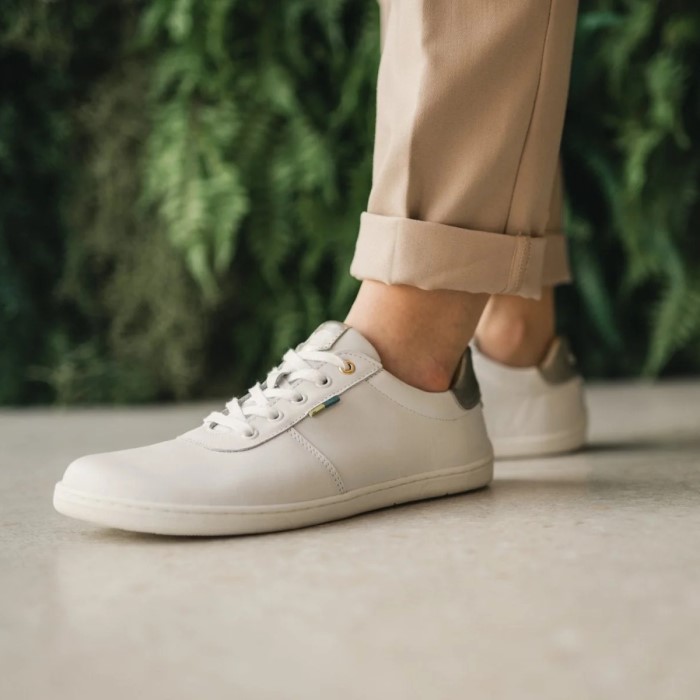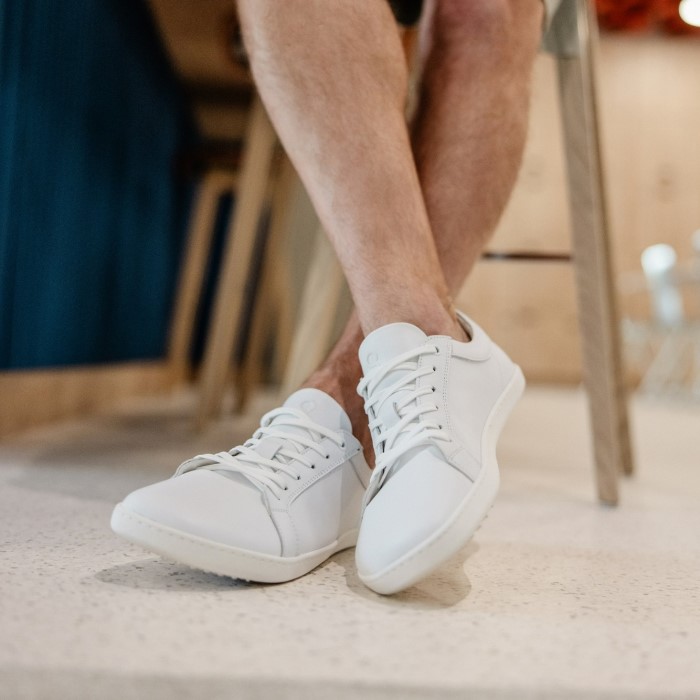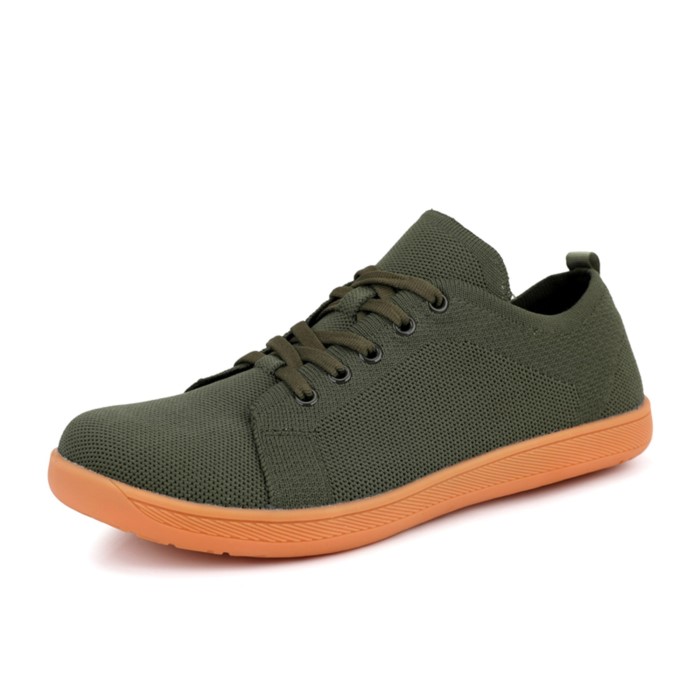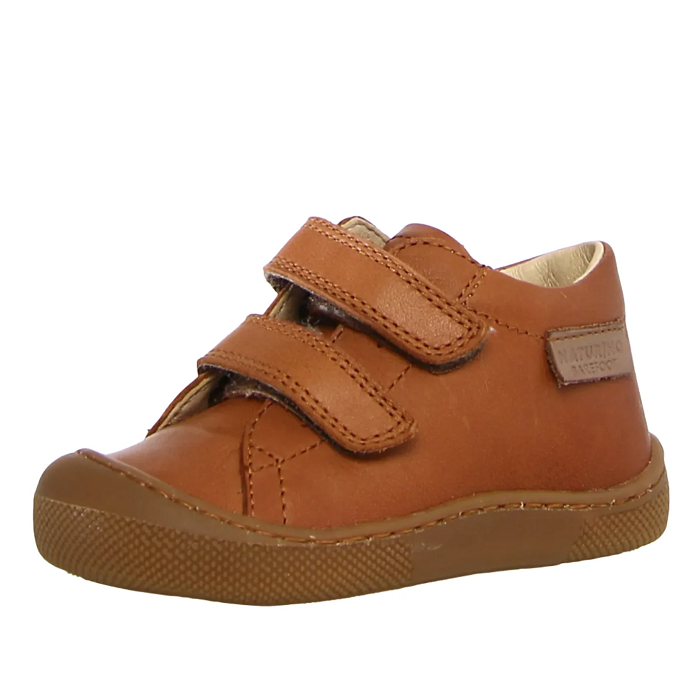The Rise
In 2025, the fashion world is witnessing a remarkable shift toward barefoot casual shoes. This trend is rapidly gaining momentum, as people increasingly prioritize comfort without sacrificing style. Barefoot shoes, designed to mimic the natural shape of the foot, provide an experience that traditional shoes cannot match. As we delve deeper into this phenomenon, we’ll explore the reasons behind this trend and the benefits these shoes offer.

What Are Barefoot Casual Shoes?
Barefoot casual shoes are footwear designed to offer a minimalist approach. Unlike conventional shoes, they focus on allowing the foot to move naturally. These shoes usually feature a thin sole, minimal cushioning, and a wide toe box. Consequently, they enable the wearer to experience the ground beneath their feet, promoting a more natural walking style. The surge in demand for these shoes is not merely a fad; it’s a reflection of evolving consumer preferences that emphasize comfort and well-being.
Benefits
Investing in barefoot casual shoes comes with several advantages. First and foremost, they promote healthier foot biomechanics. By allowing your toes to splay naturally, these shoes help distribute your weight evenly, which can lead to better balance and stability. Furthermore, barefoot shoes often encourage stronger foot muscles, reducing the risk of common foot ailments such as bunions and plantar fasciitis.
Moreover, wearing barefoot casual shoes can significantly enhance your overall posture. This footwear type promotes a more upright stance by fostering a natural alignment of the spine and pelvis. When your feet function optimally, it creates a ripple effect, positively influencing your entire body.
The Style Factor: Fashion Meets Function
In 2025, barefoot casual shoes are not just about comfort; they’re also stylish. Designers have embraced this trend, offering a wide array of options that cater to every taste. Whether you prefer vibrant colors, sleek designs, or classic styles, there’s a pair of barefoot shoes for you. This blend of aesthetics and practicality makes them a go-to option for casual wear.
Additionally, these shoes are versatile. They can be paired with various outfits, from casual jeans to summer dresses. The fashion industry is increasingly recognizing the importance of comfort in style, which is why barefoot casual shoes have become a staple in many wardrobes.
Lightweight and Breathable: Perfect for Any Occasion
One of the standout features of barefoot casual shoes is their lightweight nature. Unlike heavy, clunky shoes, barefoot shoes allow for easier movement and prolonged wear without discomfort. This quality is particularly advantageous for those who spend significant time on their feet.
Moreover, many barefoot shoes are designed with breathable materials. This aspect ensures that your feet remain cool and dry, even during warmer months. As a result, these shoes can be worn on various occasions, from casual outings to informal gatherings.
The Environmental Impact of Barefoot Shoes
Another compelling reason to consider barefoot casual shoes in 2025 is their potential positive impact on the environment. Many brands are shifting towards sustainable practices in producing these shoes. This change often includes using eco-friendly materials and ethical manufacturing processes.
By choosing barefoot casual shoes, consumers contribute to a more sustainable fashion industry. This conscious decision resonates with the growing awareness of environmental issues among shoppers today, making barefoot shoes not just a trend but a lifestyle choice.
Choosing the Right Barefoot Casual Shoes
1. Assessing Your Foot Type
- Understanding Your Foot Shape: Begin by evaluating your foot type. Common types include flat, neutral, and high-arched feet. Knowing your foot shape can help determine the level of support you may need.
- Stability and Comfort: Some individuals may find that they require additional arch support to maintain comfort, especially if they have flat feet. Conversely, those with higher arches might prefer shoes with a more minimal structure.
- Width and Fit: Consider the width of your feet as well. Shoes come in various widths, and finding the right fit can prevent discomfort and blisters. Ensure that your toes have enough space to move naturally.
2. Evaluating Your Lifestyle
- Activity Level: Think about how you plan to use the shoes. Are they for casual outings, daily wear, or specific activities like hiking or running? Your lifestyle will greatly impact the type of barefoot casual shoes that will suit you best.
- Terrain Considerations: If you frequently walk on uneven or rugged surfaces, look for shoes that offer a bit of traction and durability without sacrificing the barefoot experience. Different designs are tailored for various terrains and activities.
- Design Preferences: Personal style matters! Consider the design and aesthetics of the shoes. Choose a style that complements your wardrobe and reflects your personality, ensuring that you feel good wearing them.
3. Trying On Multiple Options
- Importance of Fit: Trying on multiple options is critical in finding the best fit. Visit stores that offer a selection of barefoot casual shoes and experiment with different brands and styles.
- Walk Test: Take the time to walk around in the shoes, paying attention to how they feel. Check for areas of pinching, sliding, or discomfort. It’s essential that the shoes feel good with movement, not just when standing still.
- Socks and Insoles: If you typically wear socks or have specific insoles, bring them along when trying on shoes. This practice helps ensure that you accurately assess how the shoes fit your overall setup.
4. Considering Materials
- Quality of Materials: Pay close attention to the materials used in the construction of the shoes. High-quality materials contribute to the overall comfort and longevity of the footwear. Look for breathable fabrics that provide flexibility and reduce moisture build-up.
- Sole Construction: The sole is crucial for the barefoot experience. Look for shoes with thin, flexible soles that allow for natural foot movement while still providing adequate protection against sharp objects.
- Eco-Friendly Options: If sustainability is important to you, consider brands that utilize eco-friendly materials or manufacturing processes. Many companies now focus on reducing their environmental impact while producing high-quality footwear.
5. Investing in a Reputable Brand
- Researching Brands: Take time to research and consider investing in a reputable brand known for its commitment to producing reliable, comfortable footwear. Established brands often have a track record of quality and customer satisfaction.
- Customer Reviews: Look for customer reviews and feedback. Insights from other users can help guide your decision and provide a better understanding of how the shoes perform over time.
- Warranty and Support: Consider brands that offer warranties or guarantees on their products. This commitment shows confidence in their products and provides peace of mind for your purchase.
6. Comfort and Performance
- Trial Period: If possible, opt for brands that allow a trial period. This practice enables you to test the shoes in real-life conditions to ensure they meet your comfort and performance needs.
- Adapting to Shoes: Keep in mind that transitioning to barefoot-style shoes may require an adaptation period, especially if you are accustomed to traditional footwear. Gradually increasing your wear time can aid in this adjustment and prevent discomfort.
- Ongoing Assessment: After purchasing, continuously assess how the shoes feel during various activities. If you notice discomfort or issues, do not hesitate to explore alternative options until you find the perfect fit.
By considering these factors when choosing the right pair of barefoot casual shoes, you can significantly enhance your comfort and performance, ultimately leading to a more enjoyable footwear experience.
The Future of Footwear: A Look Ahead
As we move forward, the trend of barefoot casual shoes is expected to evolve further. Innovations in design and technology will continue to enhance their functionality and appeal. Brands are likely to introduce advanced features, such as moisture-wicking technology and customized fit options, to elevate the barefoot experience.
Moreover, as wellness continues to be a focal point for consumers, the popularity of these shoes will likely grow. This footwear style aligns perfectly with the broader lifestyle movement prioritizing health, comfort, and sustainable practices. With these factors in mind, barefoot casual shoes are poised to remain a prominent choice for years to come.
Conclusion
In conclusion, barefoot casual shoes are undoubtedly the trendiest footwear option in 2025. Their unique combination of comfort, style, and sustainability makes them an appealing choice for consumers seeking everything from casual attire to healthier living. With various styles available and benefits that extend beyond the feet, these shoes represent a significant shift in how we view footwear.
Embracing barefoot casual shoes means investing in your comfort and well-being while staying fashionable. As this trend continues to shape the industry, now is the perfect time to explore what these revolutionary shoes can offer. So, if you haven’t already, consider adding a pair of barefoot casual shoes to your collection – your feet will thank you!



